Fritz exposes the absurd side of tennis: players are explicitly forbidden from posting their own match videos.
Have you ever wondered why tennis players like Sinner, Alcaraz, and Gauff rarely share highlights from their matches on social media? Instead of uploading their own footage, they often repost content from sports channels or official tournament pages. The reason is both simple and frustrating — players are not allowed to freely share clips of their matches because tournament organizers maintain strict control over broadcast rights.
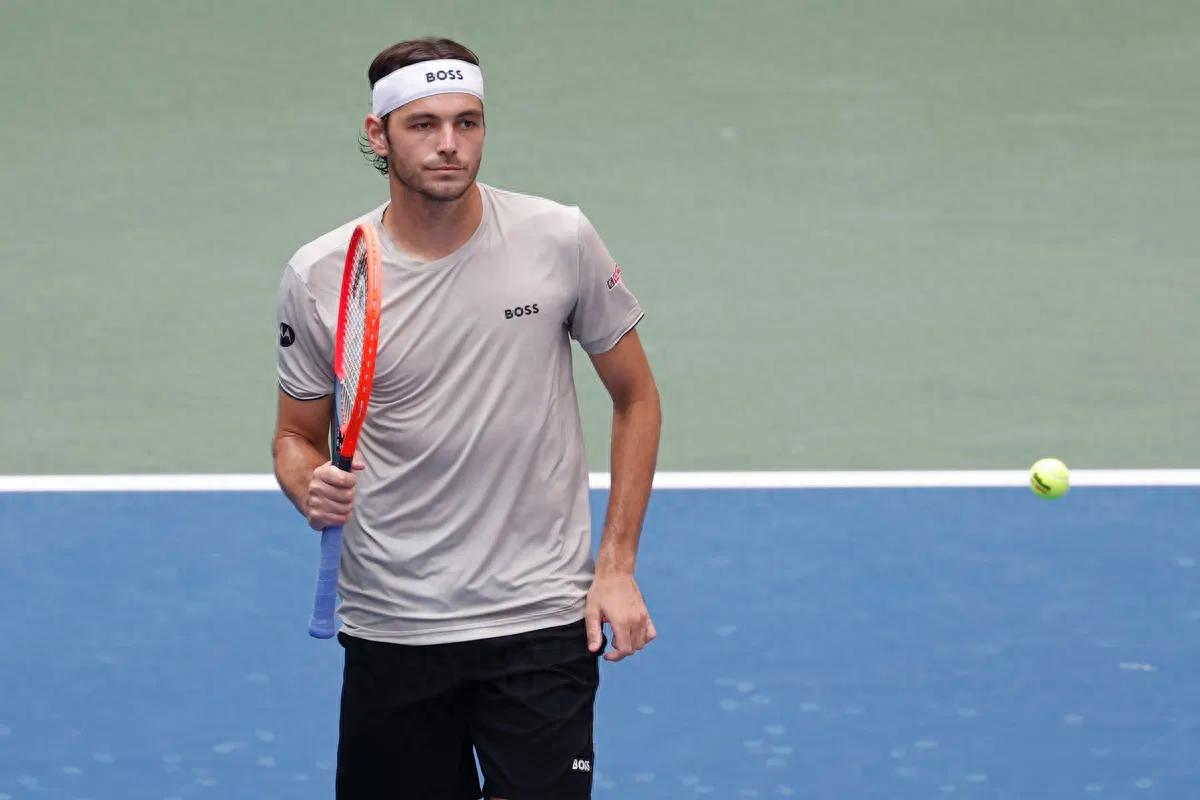
If they post videos without authorization, such content may be removed due to copyright infringement. As a result, even top athletes can only share some static photos or carefully edited short clips after matches. American player Fritz openly described this system as “a bit ridiculous.”
In a recent interview with GQ, the current ATP world No. 4 Fritz revealed an issue beyond tennis itself — modern athletes must not only maintain peak performance but are also forced to act as “content creators.” He admitted that building a personal brand is much harder than people think: “Social media is actually quite stressful for me.”
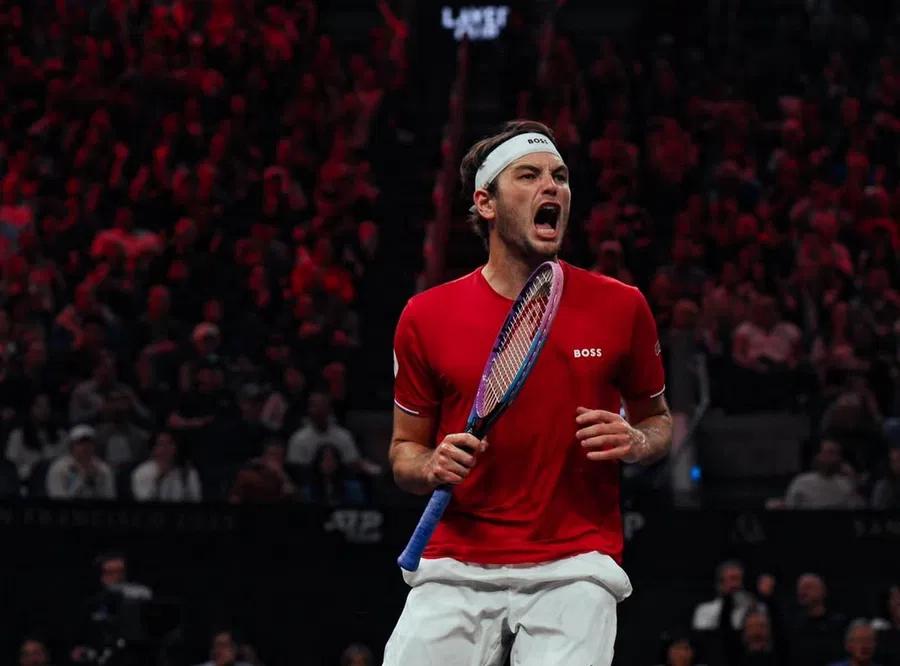
He fully understands the importance of social media for image and sponsorships but honestly acknowledges that the process is very time-consuming. Fritz currently has about 874,000 followers on Instagram, but he mentioned that without the restrictions of the tennis tour, this number could have been higher.
“Many tournaments say, ‘You must have won a Grand Slam or have at least one or two million followers to bring a videographer on tour.’ I think that’s ridiculous,” Fritz said. “Ridiculous” might even be an understatement — you need fans to film your journey, but without video content, how do you get fans? It’s a complete “vicious cycle.”
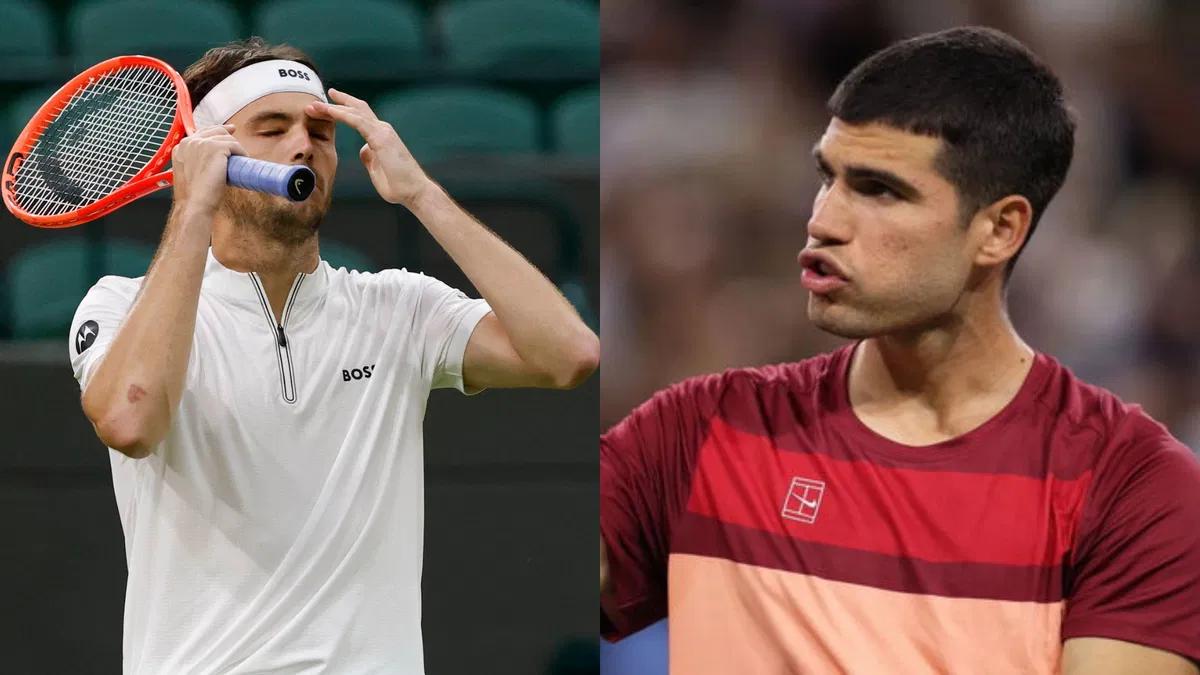
For most players, these rules severely limit their social media growth. Only a few well-known players have full filming rights, such as Alcaraz, who currently has 7.9 million followers. The 22-year-old Spanish prodigy has not only won a Grand Slam but also stars in his own Netflix documentary, *Carlos Alcaraz: My Way*, released on April 23, 2025.
“If no one helps you create content or shape your image, how can you possibly reach a million followers?” Fritz’s complaint is perfectly reasonable. They participate in one of the world’s most international sports but are often banned from showing their real lives to fans, and this restriction even affects those close to him.
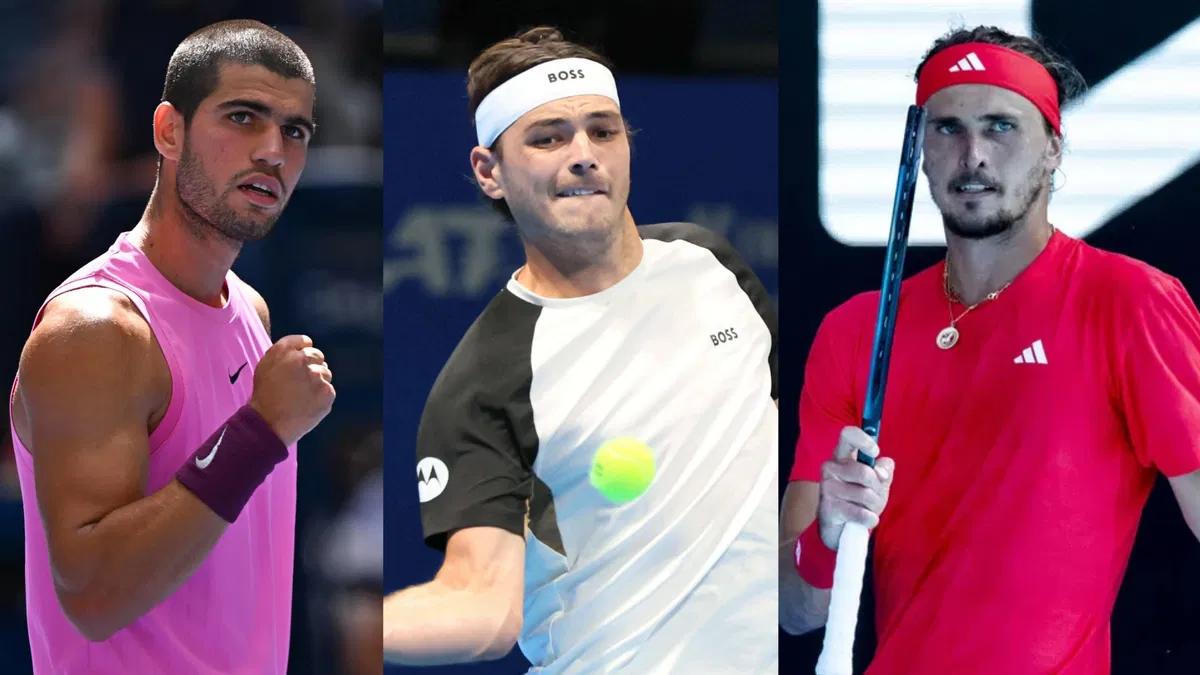
Fritz’s partner, influencer Morgan Riddle, who manages most of his online content, has faced the same issues. “When I post his videos, the account has been repeatedly warned for copyright violations,” she said. “Over the past three years, restrictions on filming areas by tournaments and tours have gotten tighter. Now I can’t even bring a camera into the player’s box, which wasn’t the case a few years ago.”
Therefore, while other sports attract fans through “behind-the-scenes” stories, tennis seems to be slowing down the pace of its stars. Ironically, the ATP wants players to have a greater global impact, but the tennis system itself prevents them from achieving this. Not only current players but also legendary stars have spoken out about this issue.
A few months ago, former world No. 1 American Andy Roddick bluntly called the situation “absurd and ridiculous” on the *Served* podcast, referring to players being unable to post their own match clips. He questioned, “Why can’t you post your own shots? What harm does it do?”
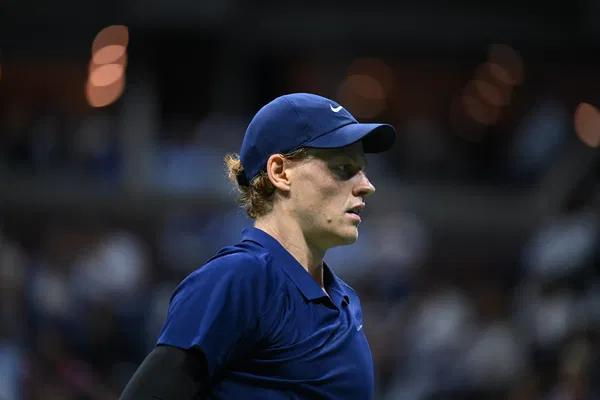
Roddick went further by calling for reform. He believes allowing players to share their best moments would not harm tournaments or broadcasters but instead generate more attention. When stars like Gauff or Alcaraz share exciting rallies or match points on social media, new fans are instantly drawn into the world of tennis.
He agreed with journalist Jon Wertheim’s view that tennis is “missing a big opportunity.” Nowadays, attracting new audiences doesn’t come from lengthy TV replays but from short viral videos that spread within seconds. Yet, for some unknown reason, tennis has still not adapted to this trend.(Source: Tennis Home, Author: Spark)







 Links
Links
 Contact
Contact
 App
App


